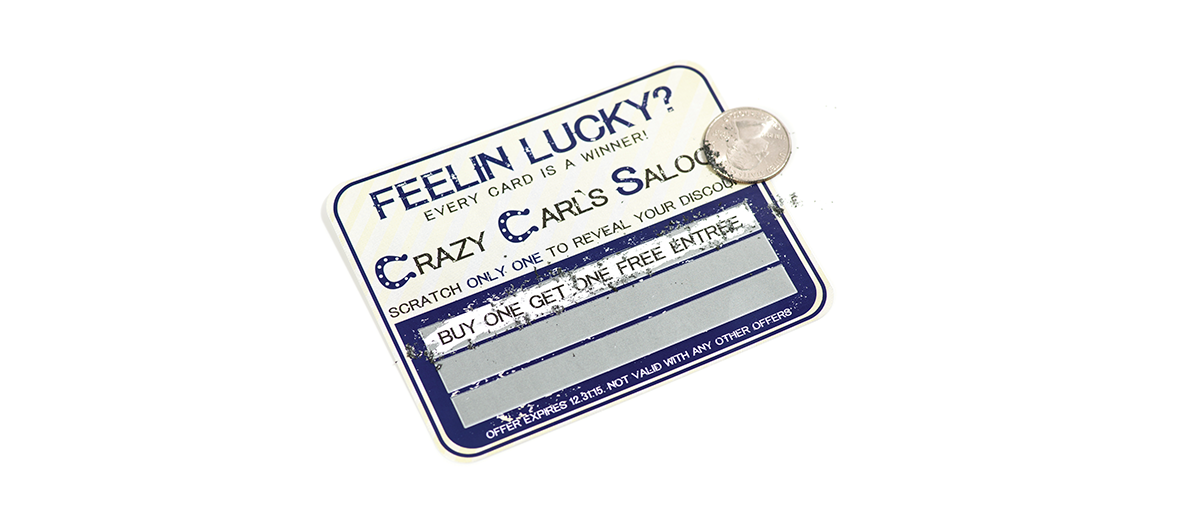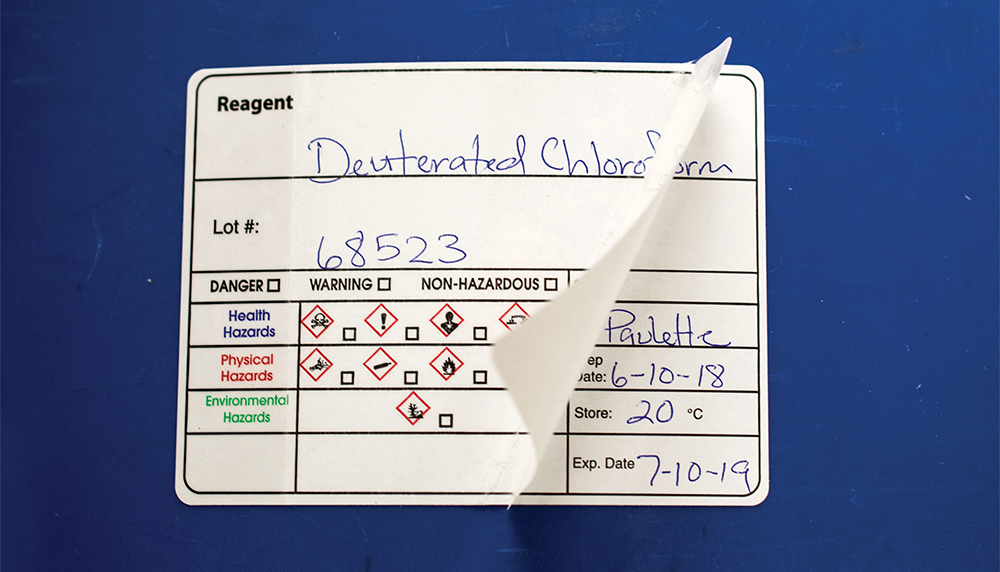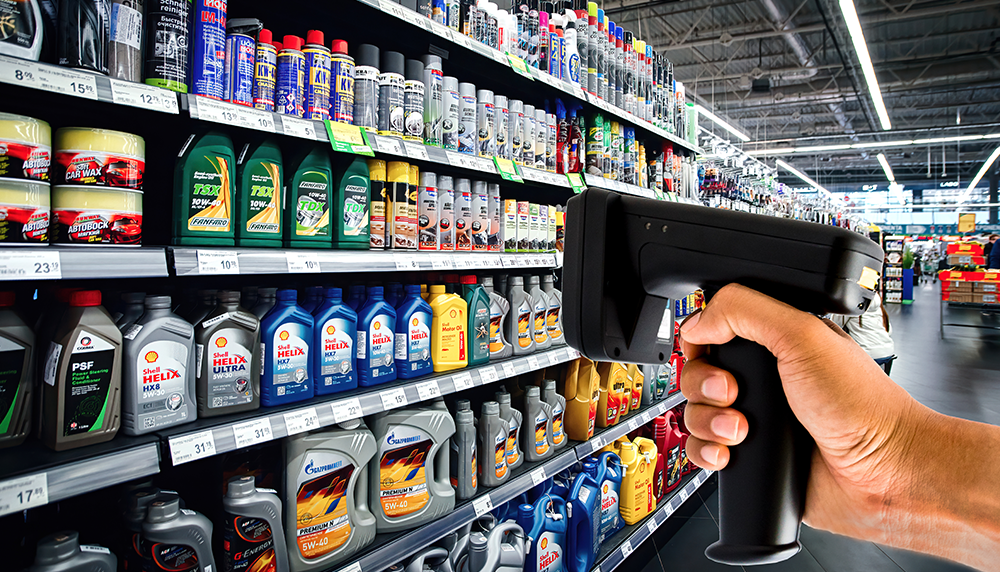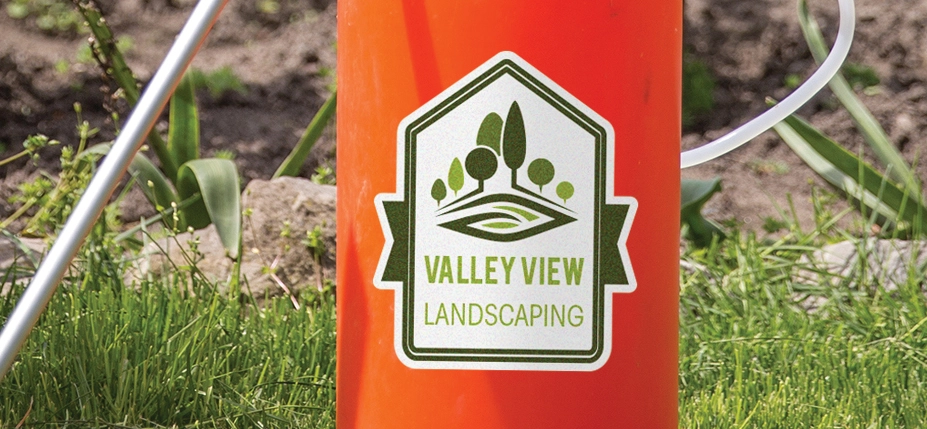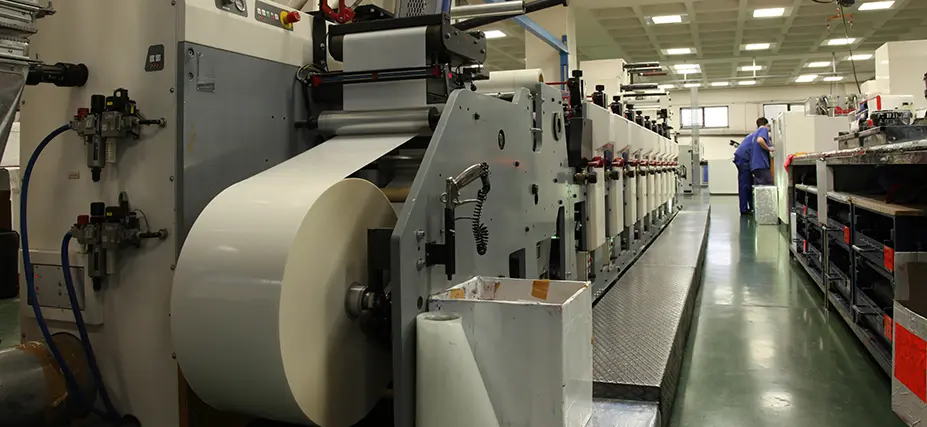
When it comes to selecting the perfect label for your products or shipments, the type of label adhesive and stock you choose can make all the difference. Not all adhesives stick the same, and not all label stocks feel the same. In this guide, we’ll walk you through everything you need to know about label adhesives and stocks, helping you choose the best options for your specific needs.
Types of Label Adhesives
Choosing the right adhesive for your label is crucial. It affects how well your labels stick and stay in place. Here’s a breakdown of the main types of label adhesives.
Permanent Adhesives
Permanent adhesives are designed to stay put. Once these labels are applied, they aren’t going anywhere anytime soon. They are great for situations where you need the label to stick to the product for its entire lifespan. Think product labels, shipping labels, or anything that requires a long-lasting bond.
But remember, once a permanent adhesive is set, it’s almost impossible to remove without damaging the label or the surface it’s stuck to. So, if you’re looking for something more flexible, you might want to consider another option.
Removable Adhesives
Removable adhesives are all about flexibility. These adhesives allow you to peel off the label without leaving a sticky residue or damaging the surface. This is perfect for temporary labels, like promotional stickers, price tags, or any situation where you might need to remove or replace the label later on.
Removable adhesives are designed to balance sticking power with removability, but they’re not a one-size-fits-all solution. Environmental factors and surface types can affect their performance, so it’s essential to test before committing to a large batch.
Choosing the Right Label Adhesive for Your Application
Selecting the right label adhesive isn’t just about choosing between permanent and removable. Several factors come into play that can influence your decision.
Environmental Considerations
The environment where your label will be applied and used plays a significant role in determining the right adhesive. Will the labels be exposed to extreme temperatures, moisture, or chemicals?
For instance, if you’re labeling products stored in a freezer, you’ll need a freezer-grade adhesive that remains sticky even in sub-zero conditions. Similarly, outdoor labels that face rain, sunlight, or other elements require weatherproof adhesives.
Surface Compatibility
Not all adhesives work well with every surface. The material and texture of the surface can affect how well a label sticks. For example, smooth surfaces like glass and metal are usually easier for adhesives to bond with than rough or textured surfaces like cardboard or fabric.
It’s also essential to consider any coatings or treatments the surface might have. A wax-coated surface or an oily texture can prevent labels from adhering properly. So, always test your label on the actual surface it will be used on to ensure it meets your expectations.
Types of Label Stocks
Now that we’ve covered adhesives, let’s talk about label stocks. The stock, or material your label is printed on, can significantly impact its durability, appearance, and suitability for your needs.
Paper Stocks
Paper stocks are the most common type of label material. They’re versatile, cost-effective, and suitable for a wide range of applications. From shipping labels to retail product labels, paper stocks can be found everywhere.
While paper stocks are great for many uses, they do have some limitations. They’re not waterproof and can tear more easily than synthetic stocks. So, if your labels will be exposed to moisture or rough handling, you might want to consider a different material.
Synthetic Stocks
Synthetic stocks are made from durable materials like polyester or polypropylene. These labels are tear-resistant, waterproof, and generally more durable than paper labels. They’re perfect for outdoor use, product labels that need to withstand the elements, or any application where durability is a priority.
While synthetic stocks offer many benefits, they do tend to be more expensive than paper stocks. But if you need labels that last longer and can handle tough conditions, the investment is well worth it.
FAQs
How do I determine the best label adhesive for my labels?
Choosing the right adhesive depends on several factors, including the surface you’re applying it to, the environment it will be used in, and how long you need it to last. Testing different adhesives in your actual conditions can help you find the best match for your needs.
What are the differences between paper and synthetic label stocks?
Paper stocks are versatile and cost-effective, making them ideal for many everyday applications. However, they’re not as durable as synthetic stocks, which are waterproof, tear-resistant, and designed for more demanding conditions.
Can label adhesives be customized for specific needs?
Absolutely! Depending on your application, you can customize label adhesives to suit specific needs, such as freezer-grade for cold storage or removable adhesives for temporary labels. For more detailed information, check out our Stock and Adhesive Guide.
In Conclusion
Choosing the right label adhesive and stock is essential for ensuring your labels look great and stay put, no matter the conditions. Whether you’re dealing with harsh environments or just need a reliable label for everyday use, understanding your options will help you make the best choice.
For more detailed information, check out our Stock and Adhesive Guide.
Need help selecting the perfect label adhesive or stock for your specific needs?
Our team at Discount Labels is here to assist you. Contact us today with any questions, and we’ll be happy to guide you through the process.

